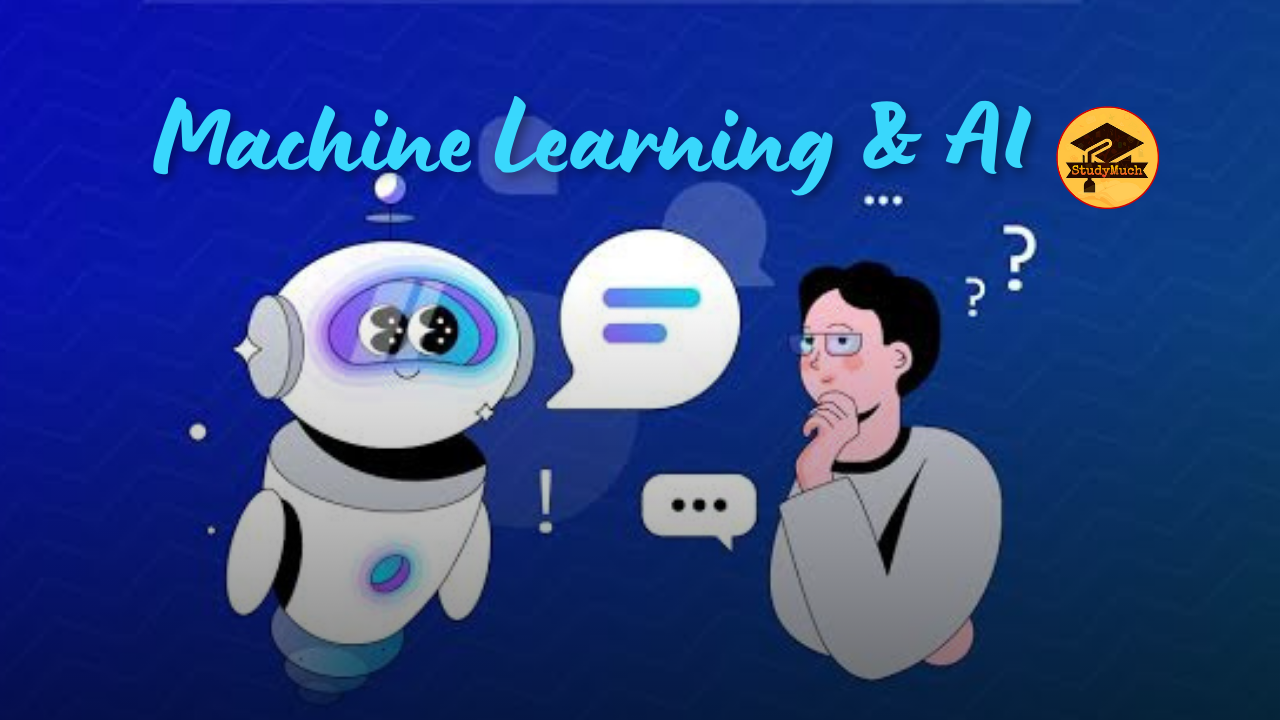Machine Learning and AI

Machine Learning and AI
In the ever-evolving landscape of technology, two terms that have gained significant importance are (ML) Machine Learning and AI (Artificial Intelligence). These cutting-edge areas are reshaping the way we interact with technology, making our devices smarter and more intuitive. In this blog post, we will begin the journey of uncovering the basics of ML and AI, explore the best programming languages for these domains, delve into popular algorithms and their applications, and discuss the expansive scope that ML and AI offer in today’s world.
The Basics of Machine Learning and Artificial Intelligence:
Machine Learning:
Machine Learning is a subset of AI that focuses on developing algorithms and statistical models that enable computer systems to improve their performance on a specific task over time without explicit programming.
There are three main types of machine learning:
- Supervised Learning: The algorithm is trained on a labeled dataset, making predictions or decisions based on input data.
- Unsupervised Learning: The algorithm is given data without explicit instructions, and it must find patterns and relationships within the data.
- Reinforcement Learning: The algorithm learns by interacting with an environment and receiving feedback in the form of rewards or penalties.

Artificial Intelligence:
Artificial Intelligence, on the other hand, is a broader concept that aims to create machines capable of performing tasks that would normally require human intelligence. This includes problem-solving, understanding natural language, recognizing patterns, and adapting to new situations.
Best Programming Languages for Machine Learning and AI:
Choosing the right programming language is crucial for effective development in ML and AI.
Here are some of the best languages for these domains:
- Python: Widely regarded as the go-to language for ML and AI, Python boasts extensive libraries such as TensorFlow, PyTorch, and scikit-learn.
- R: Known for its statistical capabilities, R is favored for data analysis and visualization in ML projects.
- Java: Offers a robust and scalable platform for building enterprise-level AI applications.
- Julia: Gaining popularity for its speed and efficiency, especially in numerical and scientific computing tasks.
Popular Algorithms and Their Applications:
Regression Algorithms:
- Linear Regression: Used for predicting numerical values (e.g., stock prices, temperature).
- Logistic Regression: Applied in binary classification problems (e.g., spam detection).
Classification Algorithms:
- Decision Trees: Ideal for both regression and classification tasks.
- Random Forest: Ensembles of decision trees, providing higher accuracy.
Clustering Algorithms:
- K-Means: Groups similar data points into clusters.
- Hierarchical Clustering: Arranges data in a tree-like structure.
Neural Networks:
- Convolutional Neural Networks (CNNs): Excel in image recognition tasks.
- Recurrent Neural Networks (RNNs): Effective for sequential data (e.g., time series).

Scope of Machine Learning and AI:
The scope of ML and AI is vast and continues to expand across various industries:
- Healthcare: Predictive analytics for disease diagnosis and personalized treatment plans.
- Finance: Fraud detection, algorithmic trading, and risk assessment.
- Automotive: Autonomous vehicles and predictive maintenance.
- Retail: Customer behavior analysis, demand forecasting, and recommendation systems.
- Cybersecurity: Anomaly detection, threat intelligence, and network security.
Conclusion;
The fields of Machine Learning and AI (Artificial Intelligence) are leading us to a future where machines not only assist but understand, learn, and adapt. The convergence of advanced algorithms, powerful programming languages, and diverse applications is reshaping industries and enhancing our daily lives. As we ride the wave of innovation, the only certainty is that the journey into the world of ML and AI has just begun, and the possibilities are limitless. I hope you understood this post, if you have any questions ask in comment section.
Learn More;

0 Comments